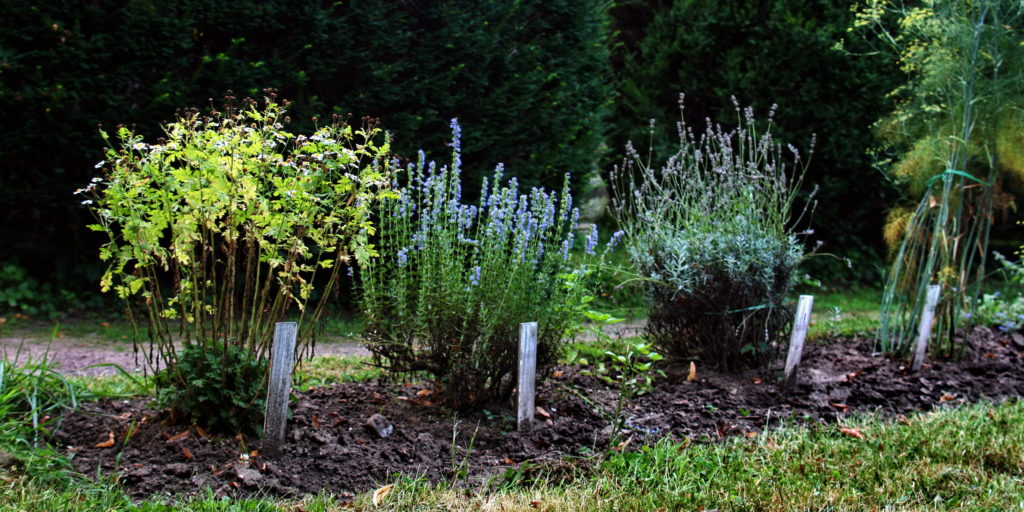The Roman garden

The Roman garden is an original feature of the A. Borza Botanic Garden, being located near the greenhouses complex. The statue of Ceres, the goddess of agriculture in ancient Roman religion is placed in the centre of the Roman garden. Close by there are two ancient Roman sarcophagi from the cemetery of the former Roman city of Napoca. Next to these is the lower part of a Roman grape press, behind which the wild grape (Vitis sylvestris) grows.

In the spring the Roman garden adds (from the greenhouses) among others: olive trees (Olea europaea), fig trees (Ficus carica), Mediterranean dwarf palms (Chamaerops humilis). The Roman garden also features numerous alimentary, medicinal, textile, tinctorial species used during the Roman period: the onion, carrot, lentil, fava bean, cabbage, wheat, millet, chicory, linen, etc. A special area features species whose Romanian name confirms the Latin origin of our language: secară – Secale (rye), urzică – Urtica (nettle), rozmarin – Rosmarinus (rosemary), ceapă – Allium cepa (onion), ai (usturoi) – Allium sativum (garlic), and others.
